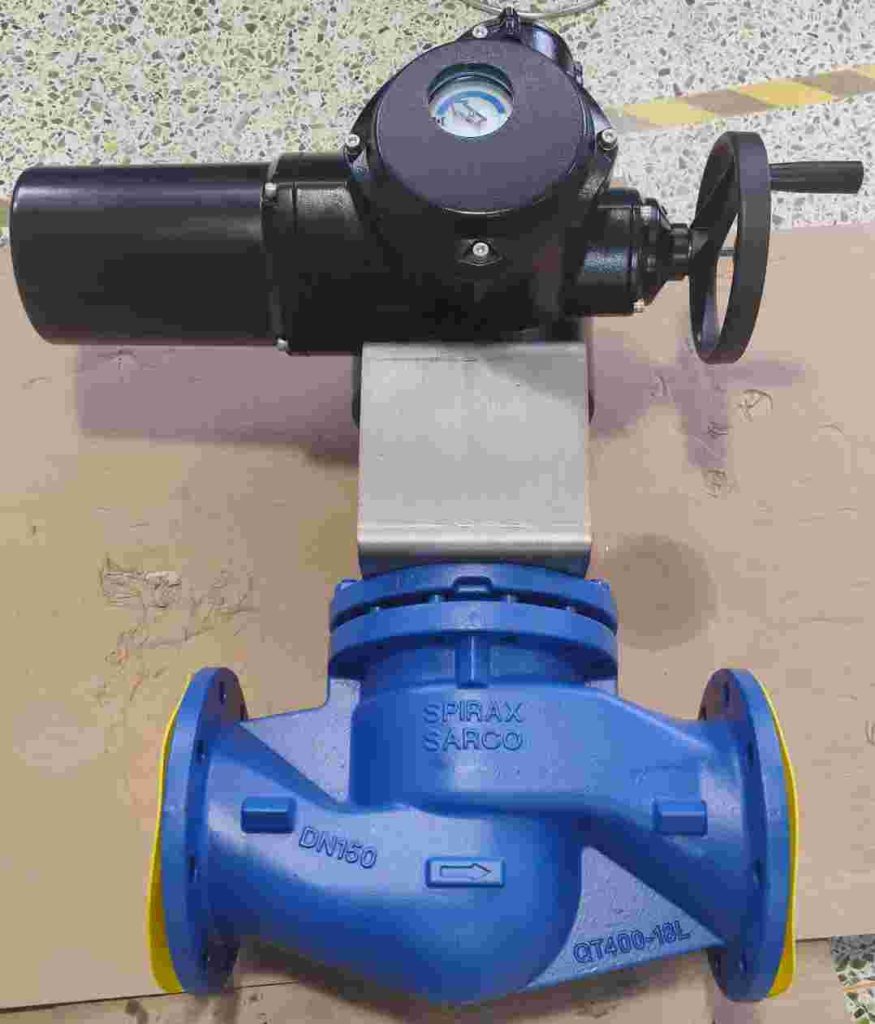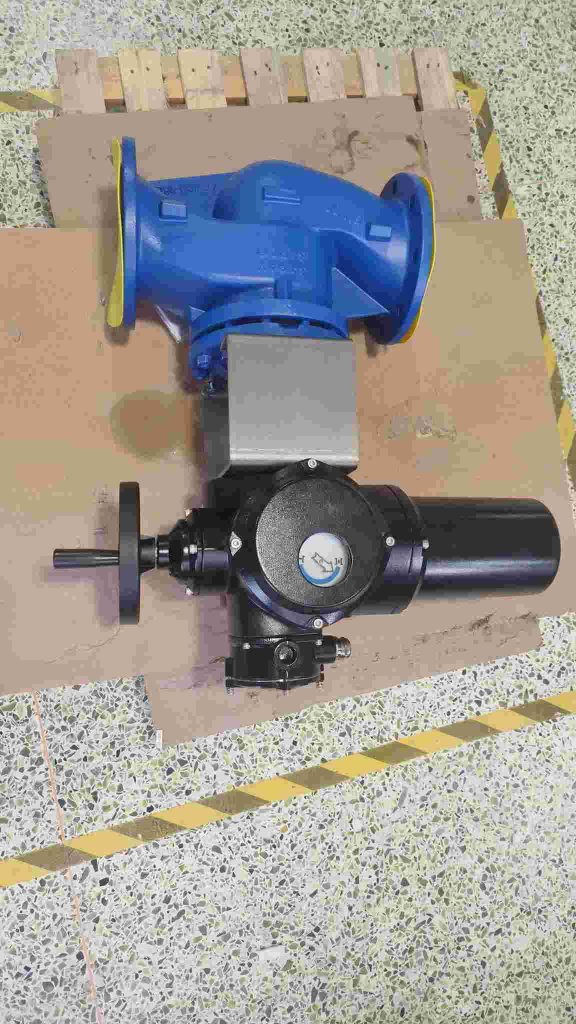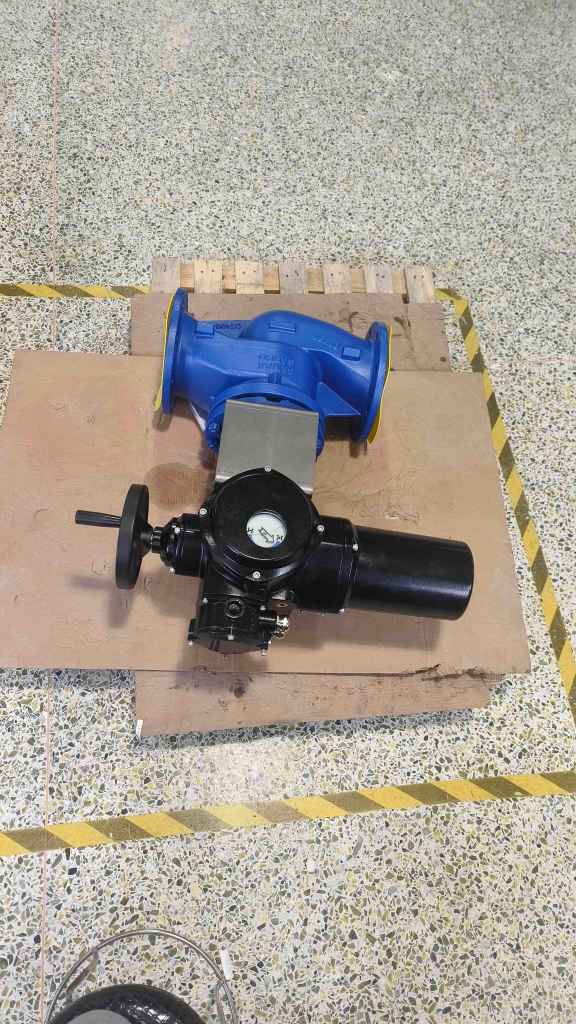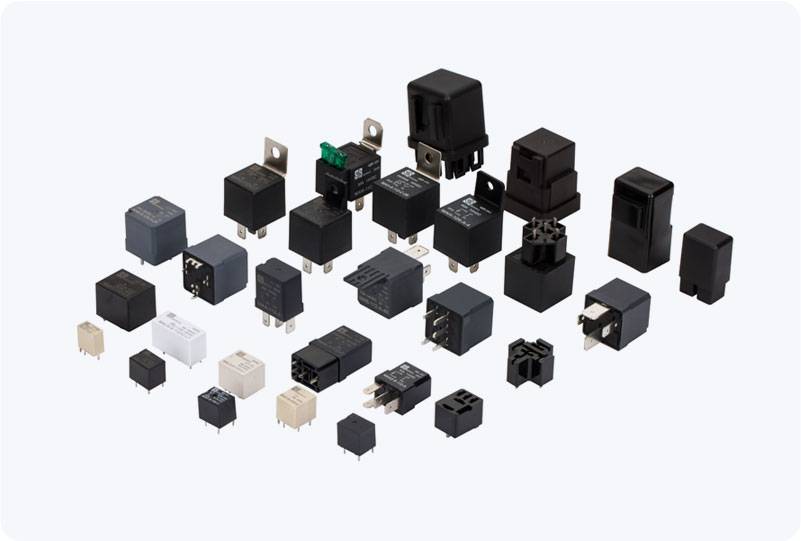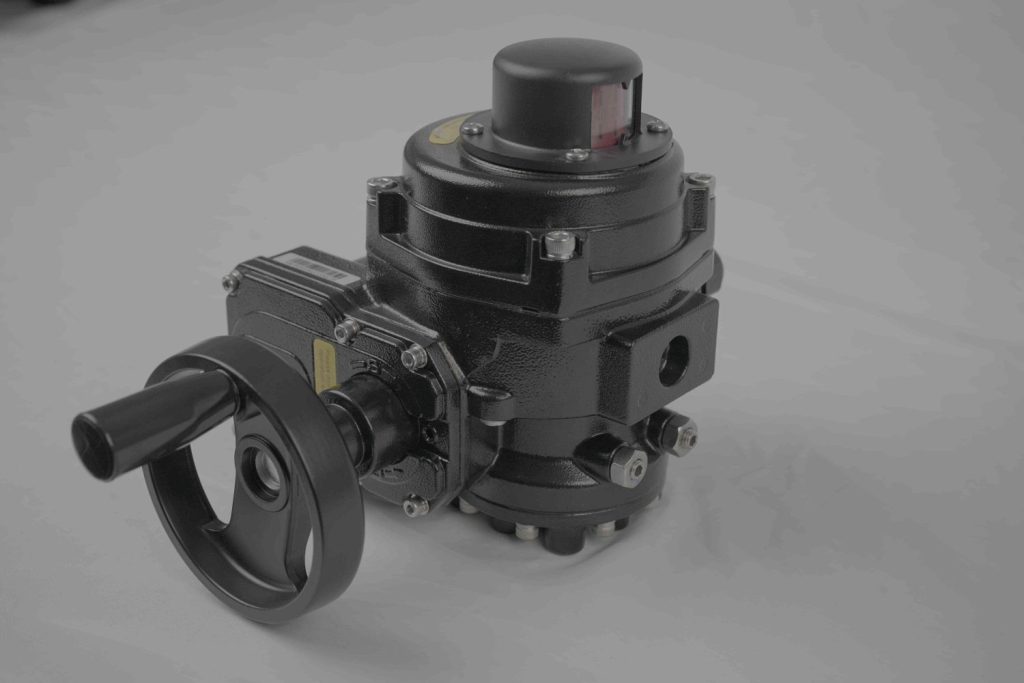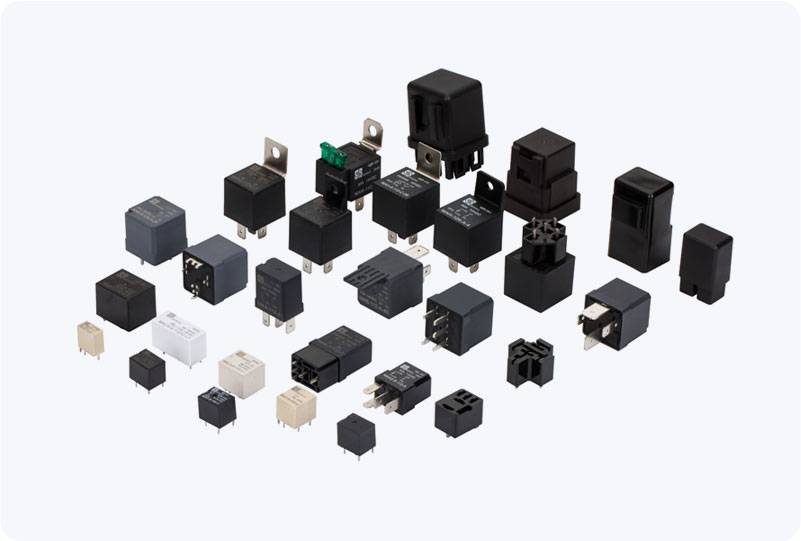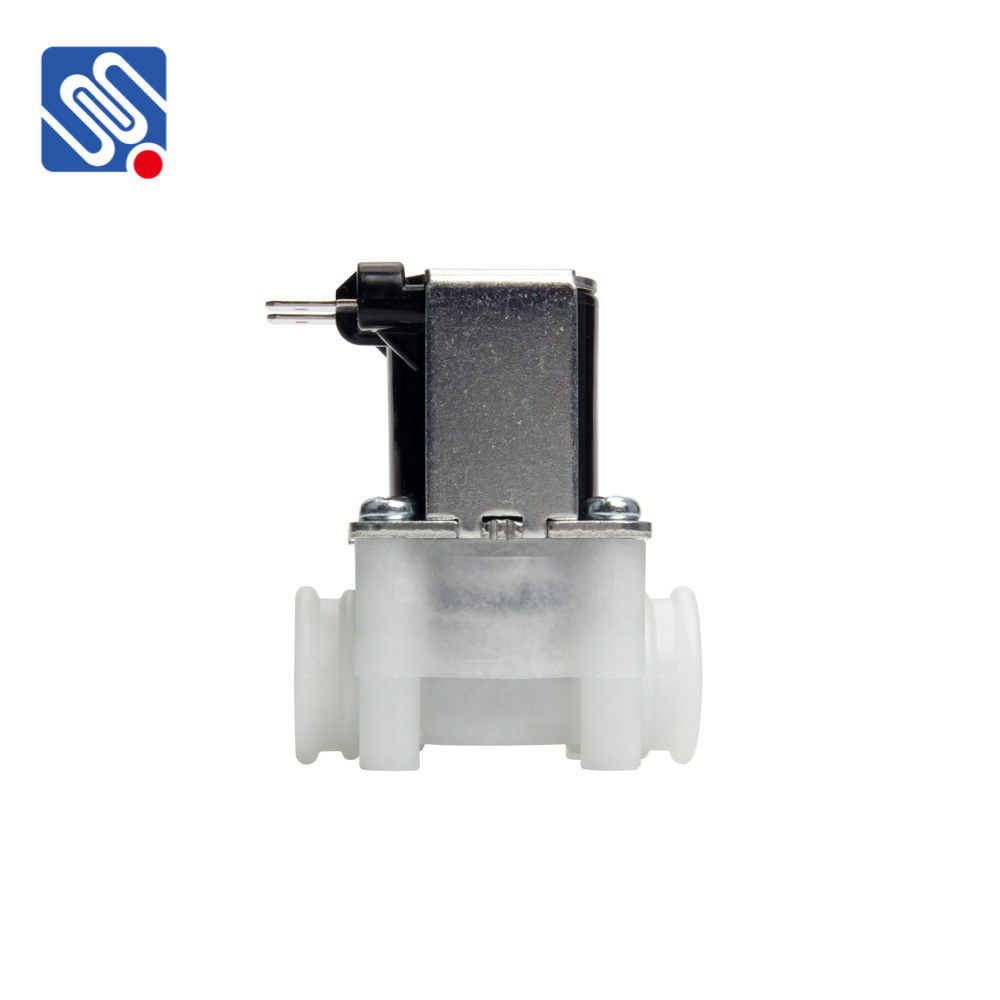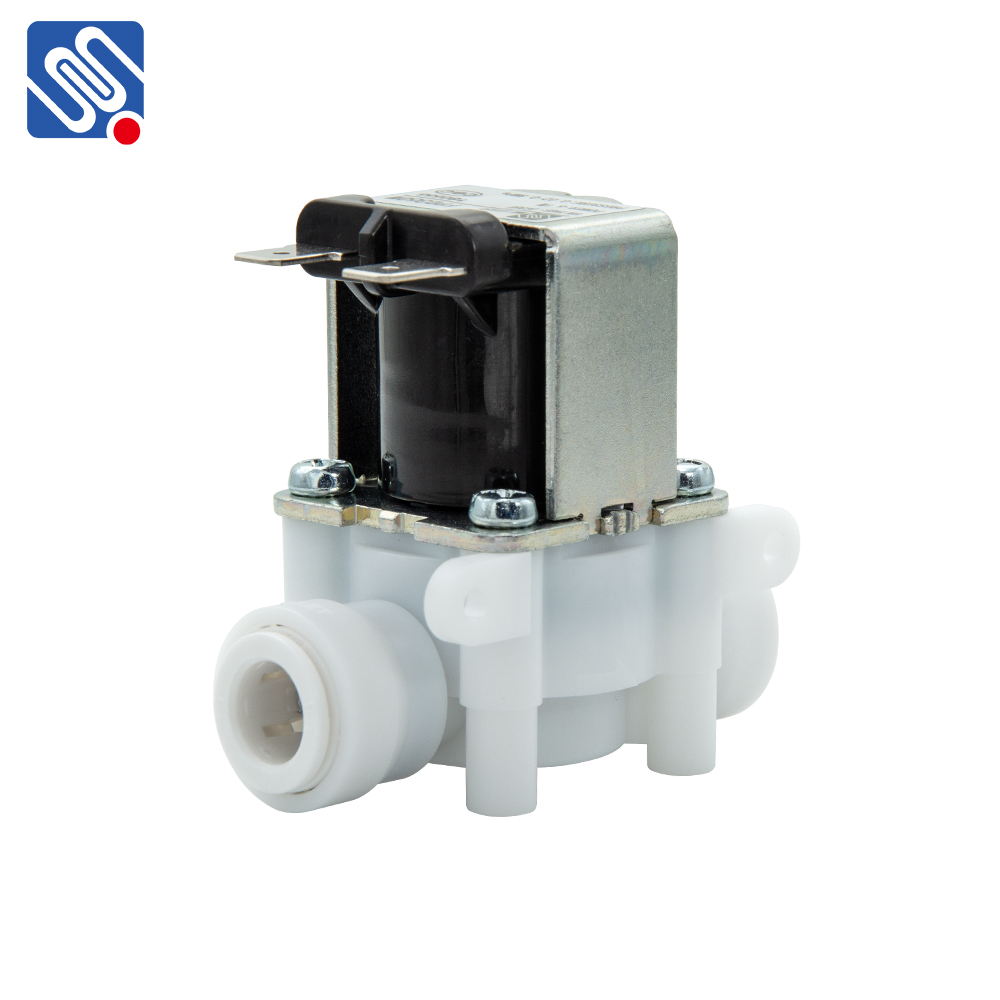The 24V thermostat is a crucial device used in residential and commercial HVAC (Heating, Ventilation, and Air Conditioning) systems. With its low-voltage operation and widespread application, it serves as the primary control for maintaining a comfortable indoor environment. This article delves into the workings, advantages, and installation of 24V thermostats, as well as their role in modern HVAC systems.

What is a 24V Thermostat?

A 24V thermostat is a type of temperature control device that operates on 24 volts of electricity, a standard voltage used in many residential heating and cooling systems. Unlike high-voltage systems, which operate at 110V or 220V, 24V thermostats use low-voltage wiring, making them safer and easier to handle. This low-voltage system typically connects to a transformer that steps down the voltage from high-voltage circuits to the required 24V level. The thermostat itself acts as a signal sender that tells the HVAC system when to turn on or off based on the temperature in the room. The key components of a 24V thermostat include the temperature sensor, the user interface (often a dial or digital display), and wiring that connects the thermostat to the HVAC unit.


